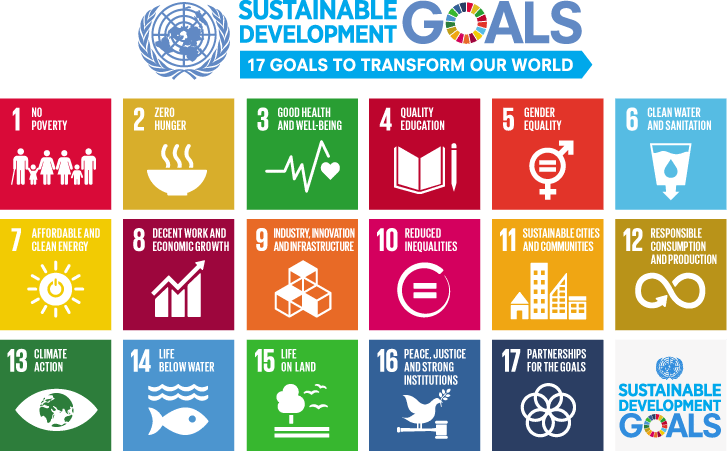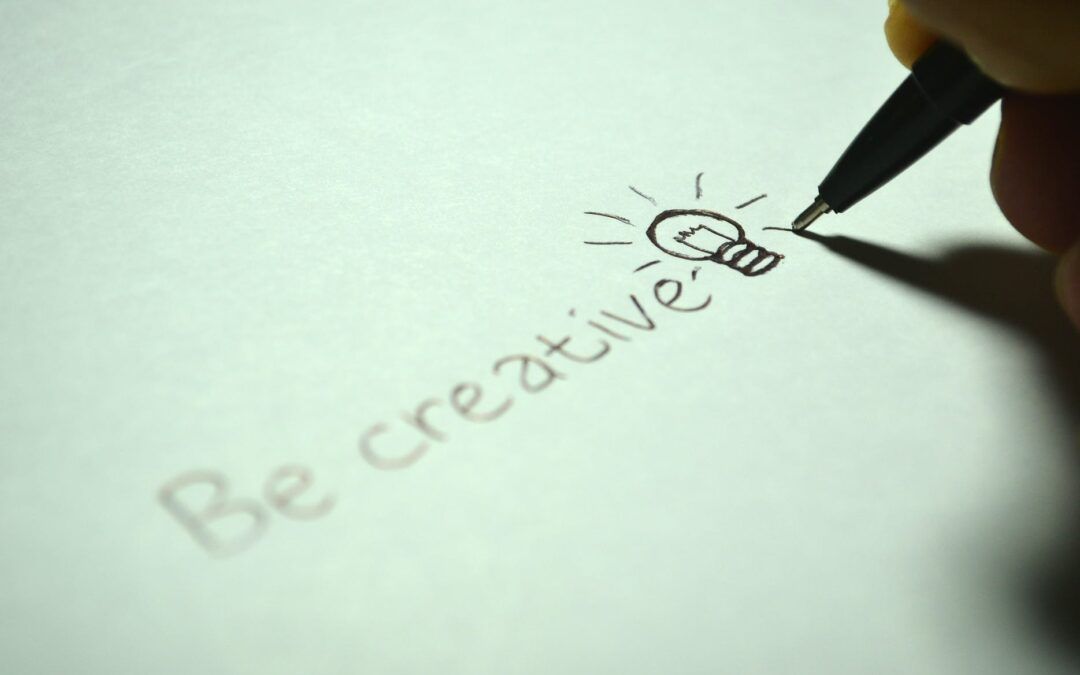Innovation, as a term, refers to the development and creation of new techologies or high-tech products. But, when innovation is perceived as helping the overall society prosper and ‘flourish’, then innovation ‘’grows’’ in social innovation.
Social innovation is defined as developing or implementing new, and effective solutions to solve environmental issues, that includes dealing with the current social needs better than before. However, besides the role of improving social welfare, social innovation has also a crucial role in achieving the Sustainable Development Goals.
So, how can social innovation contribute in achieving the Sustainable Development Goals?
- Developing long-term partnerships
The process of establishing cross sector partnerships is extremely important, because it increases the chances for achieving the SDGS. These challenges require intelligence and resources from different kinds of people and organizations. For this reason, initiating future impact partnerships is necessary in order to gather different parties and organizations to work together on a common goal.
Fortunately, there are already some great partnerships with organizations across the globe, that support the implementation of the SDGS. This is occurring through various UN conferences, such as the UN Ocean Conference, the Small Island Developing States Conference, the UN Sustainable Transport Conference, and others.
- Developing new prototypes & setting new challenges
There is a new applied method from governments to change the system legislation, through using an anticipatory regulation approach. This approach provides a set of behaviors and tools that are intended to help the government identify and test solutions for solving different challenges. A practical example is the Financial Conduct Authority’s sandbox that allows firms to test innovative ideas in the market. It is open for applications throughout the whole year and it gives the firm the ability to test products in a controlled environment as well as the opportunity to find out whether a business model is attractive to consumers.
Furthermore, there is also the The Open Up Challenge, that is designed to boost consumer awareness and adopt new innovative apps that will help people to improve the management of their money through more transparent and accessible products.

- Developing a ‘Mindset of Change’
‘’Growing’’ a ‘Mindset of Change’ is important for increasing the role of social innovation in the field of accomplishing the SDGs. Many public innovators have been learning and practicing this new mindset for years in order to invest in the public sector. Whether it is learning new methods or just improving digital skills, encouraging the innovation in the public sector is really valuable in order to practically build the conditions for a successful function of the government.
For example, using human resources to support innovation, through the Competency Framework for Experimental Problem Solving is an excellent opportunity to create a successful reference for hiring managers, team leaders and public servants. Also, It can develop a new competency framework which defines the key skills, attitudes and behaviors for solving public problems.
- Developing collective intelligence
Collective intelligence is known as creating new ways for communities to use technology in order to ‘apply’ their ideas and act upon the problems that matter to them. The collective intelligence is ‘’born’’ from the collective efforts to work together and develop solutions. As an example, the UNDP has developed 60 Accelerator Labs across the globe to support countries to achieve the SDGs.
For example, the UNDP Dominican Republic’s Accelerator lab is using collective intelligence methodologies to understand the complexities of solid waste management in Santo Domingo, or the UNDP Accelerator Lab in Morocco is implementing collective intelligence in order to understand the complexities of the COVID-19 crisis.
Conclusion
The increasing dialogue between the social innovation and sustainable development communities is shaping the future policies and principles on all societal levels. Social innovation has indeed been one of the driving movements that recognizes civil society as an essential source of innovation. The social development goals includes all the 17 UN SDGs, and unlike previous development frameworks this illustrates how the SDGs now comprehensively covers and attempts to connect all elements necessary for sustainable development. It has been acknowledged as an important element of the new innovation framework necessary for sustainable development. Additionally, it has become embedded and accepted in many developing and emerging countries because it helps to meet social needs through an open and effective collaboration between the service user and beneficiary.

References :
- Jeremy Millard, ‘’How social innovation underpins sustainable development’’, https://www.socialinnovationatlas.net/fileadmin/PDF/einzeln/01_SI-Landscape_Global_Trends/01_07_How-SI-Underpins-Sustainable-Development_Millard.pdf
- Toby McMaster, (2015) ‘’The role of Social Innovation in achieving the Sustainable Development Goals’’ https://www.linkedin.com/pulse/role-social-innovation-achieving-sustainable-goals-toby-mcmaster?trk=mp-reader-card
- Kate Sutton, (2019), ‘’Five ways innovation can help us achieve the global goals’’, https://www.nesta.org.uk/blog/five-ways-innovation-can-help-us-achieve-global-goals/
- Diana Porumboiu, (2021), https://www.viima.com/blog/social-innovation






